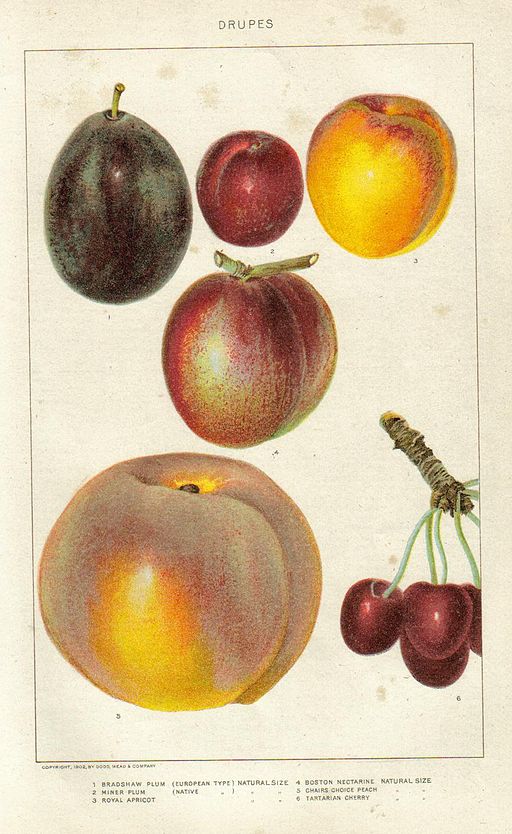Stone fruits, also known as drupes, such as nectarines, plums and peaches, may contain useful compounds that help fight-off metabolic syndrome, which can lead to diabetes, heart attack and stroke, say researchers from Texas AgriLife Research, a member of Texas A & M University System.
Food scientist, Luis Cisneros-Zevallos and team showed that compounds that exist in stone fruits could be useful in the fight against metabolic syndrome, in which inflammation and obesity eventually lead to serious illnesses and health problems.
The scientists will present their findings at the American Chemical Society in Philadelphia in August, 2012.
Cisneros-Zevallos said:
“In recent years obesity has become a major concern in society due to the health problems associated to it. In the U.S., statistics show that around 30% of the population is overweight or obese, and these cases are increasing every year in alarming numbers.”
Everyone now knows that diet, genetics, lack of sleep, and physical inactivity play a major role in the obesity epidemic. The main concern is obesity’s association with metabolic syndrome. Metabolic syndrome is a collection of conditions, including high blood sugar levels, hypertension (high blood pressure), too much fat around the waist, and excessively high cholesterol levels – together, they considerably raise the risk of developing diabetes, having a stroke, or a heart attack.
Cisneros-Zevallos said:
“Our studies have shown that stone fruits – peaches, plums and nectarines – have bioactive compounds that can potentially fight the syndrome.
Our work indicates that phenolic compounds present in these fruits have anti-obesity, anti-inflammatory and anti-diabetic properties in different cell lines and may also reduce the oxidation of bad cholesterol LDL which is associated to cardiovascular disease.”

Stone fruits (drupes) have a mixture of bioactive compounds that work together and attack different components of metabolic syndrome.
Cisneros-Zevallos explained:
“Our work shows that the four major phenolic groups – anthocyanins, clorogenic acids, quercetin derivatives and catechins – work on different cells – fat cells, macrophages and vascular endothelial cells. They modulate different expressions of genes and proteins depending on the type of compound.
However, at the same time, all of them are working simultaneously in different fronts against the components of the disease, including obesity, inflammation, diabetes and cardiovascular disease.”
The researchers say that this is the first time bioactive compounds from a fruit have been demonstrated to have the potential to attack a disease from several different fronts.
Zevallos said “Each of these stone fruits contain similar phenolic groups but in differing proportions so all of them are a good source of health promoting compounds and may complement each other.”
The scientists now plan to determine what the role each type of compound has, at a molecular level. They also wish to confirm their animal studies.
Written by Christian Nordqvist